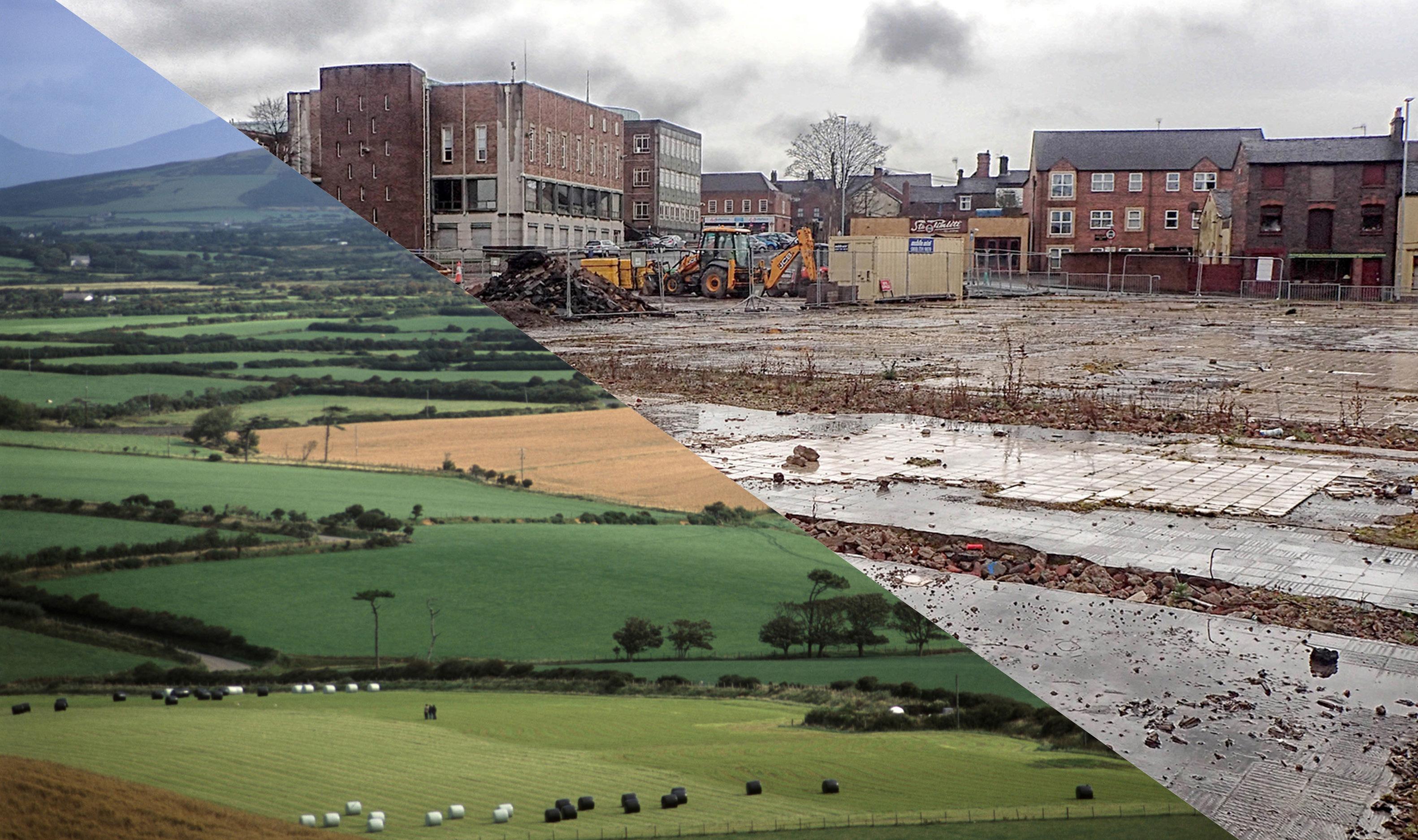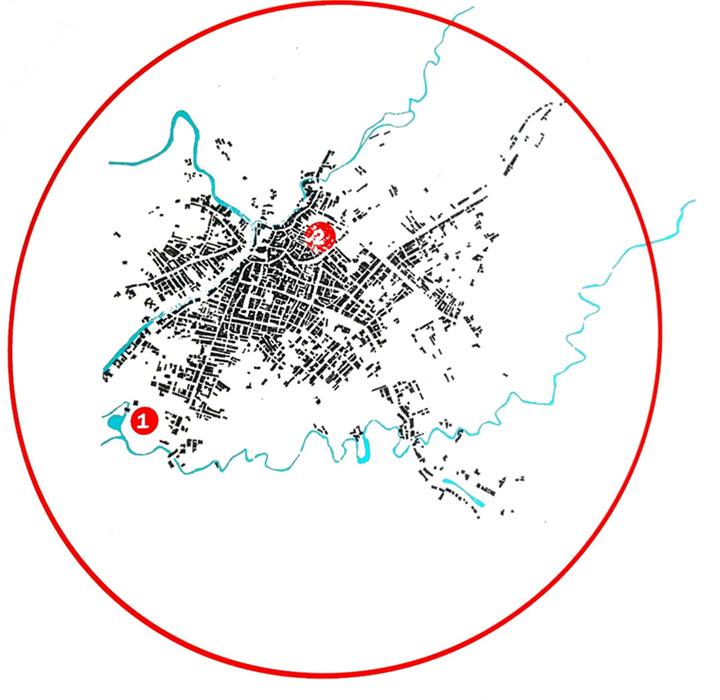
4 minute read
MArch Year 1 Semester 2: Specialist Study
from Dore, Simon
SPECIALIST STUDY
SPECIALIST STUDY : BROWNFIELD OR GREENBELT
reason behind this study is to explore the current status of urban regeneration and to look deeper into the future potential and possible outcomes for regeneration. This study could help outline how to improve development and our usage of land in order to help ease any environmental damages that brownfield site has caused or to halt the loss of greenbelt. The matter of where to develop and options comes as a matter of debate. In many circumstances’ developers opt for the more desirable location, newer opinions though counter of developing within the brownfield sites and through the process of remediation and design sites Brownfield or Greenbelt which may not be desirable can become so through investment into it. To gather this research, reports of governments’ for figures and local councils’ housing targets were reviewed. the evidence found would shed light into how development is being managed and undertaken around the north western region of the UK. Specifically looking at Liverpool region council and other surrounding councils if relevant. Other resources include textbooks that offer guidance for the clean-up and optimal solutions for sustainable and environmentally viable options for development. All the resources Specialist Study 7112AR By Simon Dore used have helped gain an understanding both how development and regeneration of urban environments Word Count:9874 work and how best to go about it.
WITH THE RECENT POPULATION INCREASE AND GOVERNMENTS QUOTAS TO DEAL WITH THE DEMAND NOT BEING MET. ARE BROWNFIELD SITES BECOMING A BETTER

Throughout the UK’s history there has always been a force behind change; populatition rising and falling, advancement or stagnatition of industry or even polititical agendas and technological innovatitions. Something that must be noted is the inevitability of change, change remains a constant. Changes happens within all aspects of life as progress is a must. With changes in the environment it prompts change within our urban centres. Adaptatition is key, if we don’t adapt and progress then the issues that we currently face will proceed to escalate, developments will fall behind quotas and won’t be able to fulfifil the necessary need that will come from this. Whilst everything changes around the world whether by our own doing or by nature, we must think about developments in a progressive, futuristitic outlook to be able to maintain at the level of change. If we look to the earliest example mankind has always learnt how to adapt Case Studies Climax City Manchester The first case study to discuss was that of David Rudlin and Shruti Hermani (2019) with their work with the book ‘Climax City’ (2019). David Rudlin and his work with URBED have focused a lot of their attention towards the makeup of the urban fabric and what goes into these environments and the issues of too much growth that causes the endless sprawl. In Rudlin and Hermani’s work in ‘Climax City’ explores various urban environments and solutions to improve the quality of life and the overall status. Although urban environments worldwide are represented the focus for this study is the work done in Manchester UK. Within ‘Climax City’ it talks about the Manchester and its development as an exploding city. In the early 19th century Manchester was considerably small the circumstances it’s been given, its cold outside; we take shelter, we need more houses; subsequently we until the industrial revolution gained a foothold in the region.(Figure 4) Because of this advance in technology it build more. It’s within human nature to change an environment to best suit its needs and upon doing so this brought growth to the urban centre. (Figure 5) Figure 4: Manchester pre industrialisation create a new type of ecosystem, one that changes dependant on the interactitions and usage of spaces. In relatition to urban environments and its regeneratition, developmental change is posititive. For example, populatition increase creates an inflflux of new developments, which in turn benefifits the economy overall and improves the urban centre; whereby the industrial changes prompt commercialisatition in these areas and increasing jobs. Technology doesn’t have an impact like the other factors, it becomes the fuel which brings about new developments and makes the newer developments easier to achieve. Technological advancements have always been a driving force for change, the best example is the industrial revolutition and how it drastitically changed the way we used and interacted with our urban environments. Industry created new demand and had an impact on major urban centres and had an increase in the diversity of demographic in the area. Growth of an area can have a remarkable impact, improving quality of life within it by developing on what is already present.
Figure 4: Manchester pre industrialisation Figure 5: Manchester after industrialisation



